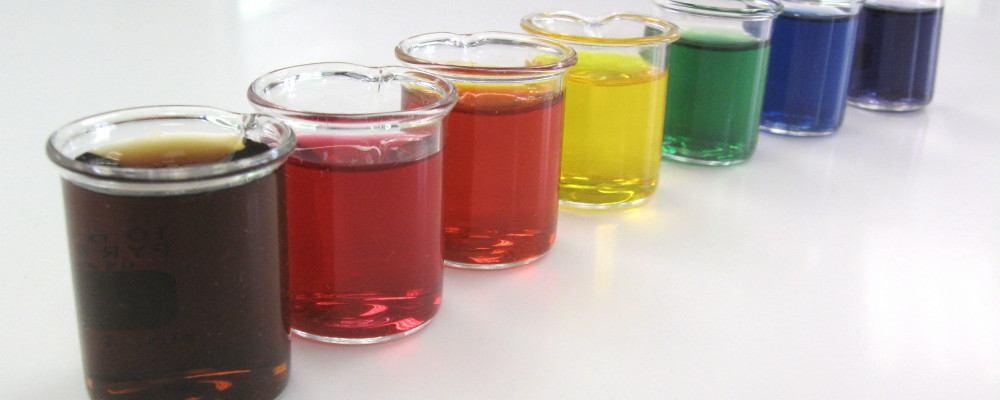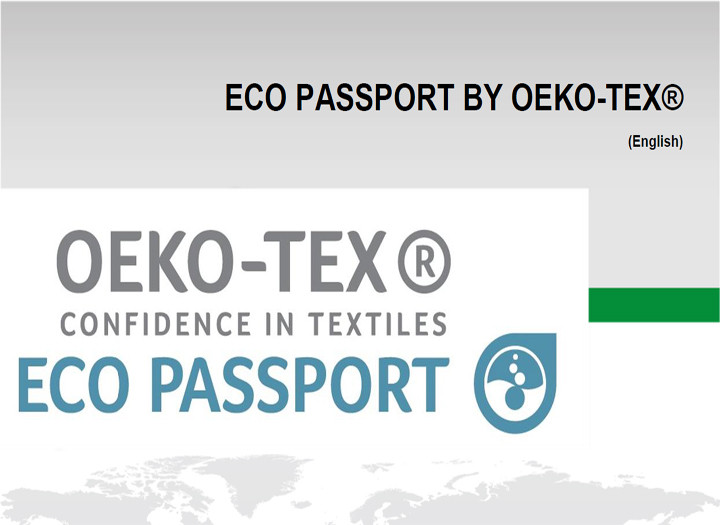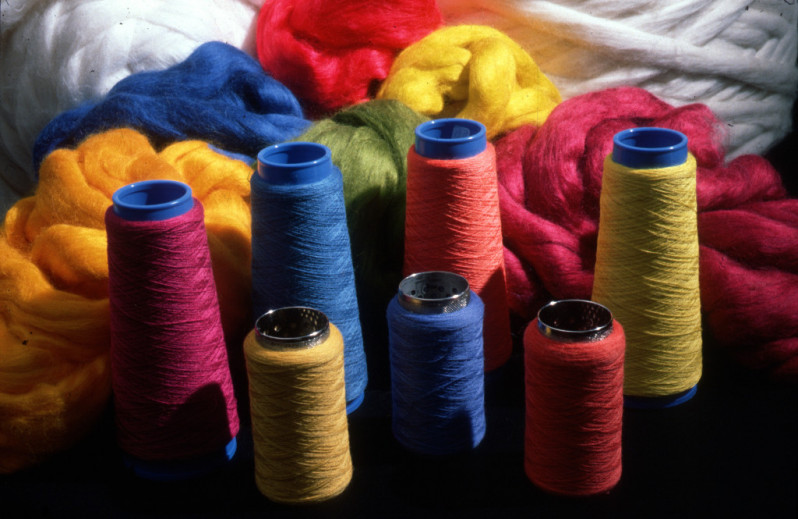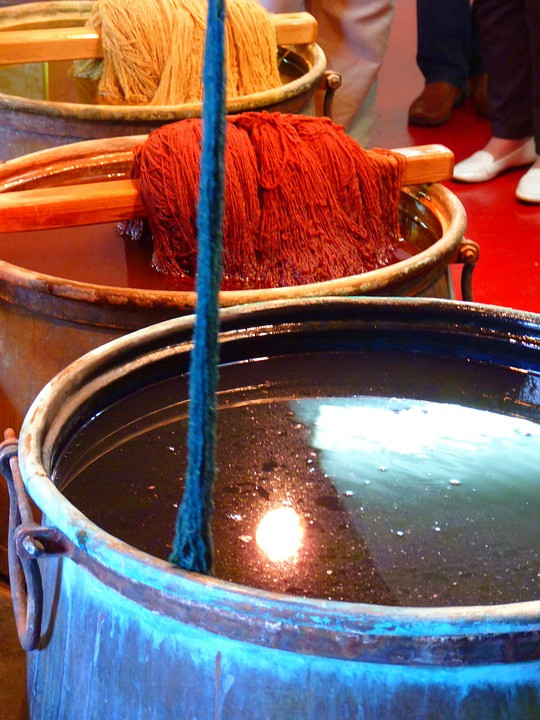
OEKO-TEX ECO PASSPORT: How To Find Toxic Chemicals In Your Fabric
I get asked a lot by designers how they can dye and finish their products in the most eco way possible. It's a tricky area. Dyeing and finishing fabrics can be where a lot of ethical concerns crop up. Step in the new ECO PASSPORT by OEKO-TEX that's here to help.
Thumbnail image: Scott Ondracek from DDW Color
Many textile products claim to be environmentally friendly, and flaunt green labels that attract consumers who seek sustainable solutions. However, not all claims and labels are legitimate or credible. See our article on greenwashing for more information. So, how do you know and how can you prove to your customers that the process your fabric has undergone is ethical?
Excitingly, a company has recently developed a standard safety certification called the ECO PASSPORT which indicates that a product has undergone a testing program for sustainability (more on sourcing sustainable materials here!). I have to apologise at this point for the spelling of the certification - which is all in capitals. It's a bit of a bore and feels like I'm yelling it at you, which, of course, I'm not! While there are several existing bodies that award green certifications, Germany-based OEKO-TEX (...again with the capitals) is one of the most impressive as its safety standards are very high.

The ECO PASSPORT from OEKO-TEX is a certification that manufacturers of textile processing chemicals and chemical compounds (dyes, additives, finishing agents and detergents for example) can apply for. "ECO PASSPORT by OEKO-TEX® is a mechanism by which textile chemical suppliers demonstrate that their products can be used in a sustainable textile production."
The International OEKO-TEX Association conducts relevant tests for harmful substances in textiles and textile accessories based on a number of criteria and safety standard levels. If a product undergoes the required tests and satisfies all safety guidelines, this organisation awards it with the OEKO-TEX Standard ECO PASSPORT, which is valid for one year. This certification assures a conscious consumer that the product is safe for use and fits the green label.

To understand the relevance of this certification and just why it's so good, let's take a closer look at what the certification process entails.
The ECO-PASSPORT Certification Program
A point to note is that the OEKO-TEX certification doesn't extend to social parameters like how green the manufacturing or processing stages of a product are. It is only concerned with the final formulation, and the testing ensures that the fabric is free from harmful substances. For a fabric to be OEKO-TEX certified, it has to undergo three assessment stages, and this testing takes around 2-3 weeks to complete.
During the first stage, the manufacturers share information about the product formulation and chemical used in each substance. OEKO-TEX studies this information and verifies that none of the constituents belong to their Restricted Substance list, which conforms to REACH and ZHDC standards.

In the following stage, every ingredient in the textile or accessory is subjected to risk assessment exams. Each is evaluated based on a 22-point health and environment criteria. The last stage verifies whether the chemical products used in the textile contain contaminants or unintended by-products.
When a product and its ingredients successfully conform to the standards set for each of these assessment stages, it becomes eligible for an ECO-PASSPORT by OEKO-TEX. So, if we see this certification on a textile product, we can conclude that the product has been tested for risks at the ingredient level and poses no danger to the consumer or anyone handling it.
The Cons For Buyers
Interestingly, I'm always fascinated by the effect that these labels have on consumers. Is this just another certification to discombobulate poor buyers - or perhaps its something that you'll use yourself to source your textiles? I wrote an article on how consumers are already confused by green labels here. Does this fit that mould?
The Cons: What About The Little People?
While this new certificate will certainly ease the minds of us designers and buyers, my thoughts turn to the smaller businesses and cooperatives that we work with. With their struggles to scrape together the funds to certify themselves as Fairtrade and Organic, a certification like this is undoubtedly reserved for the companies that can afford it. With the distinct threat of a loss in sales - the lack of these certifications putting off buyers, are certifications like these actually threatening the very thing that we need to protect?
A great development for eco certifications! Make sure you sign up for our newsletters to keep up with eco updates like this. Please also share the article by using the tweet links below...
What is the @OEKO_TEX_Int eco-passport?

How can you ensure the products you use are #sustainable? Look out for the Eco-Passport!

